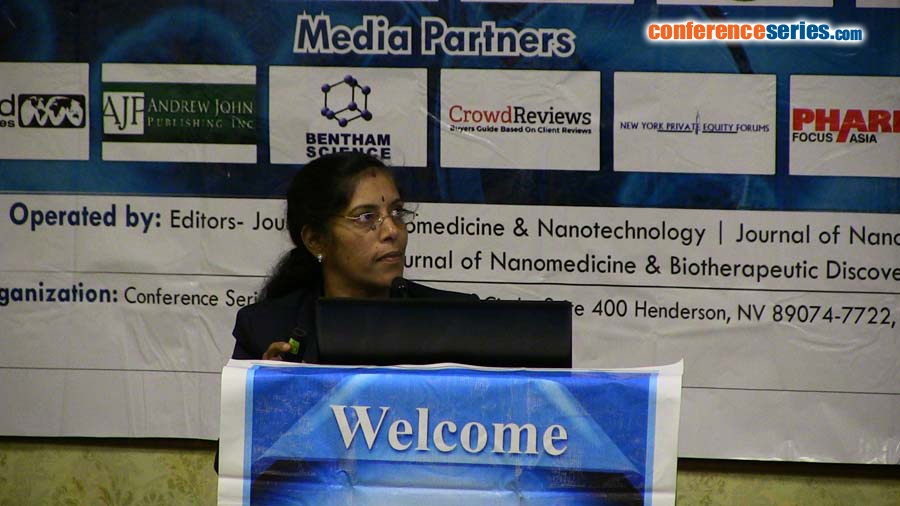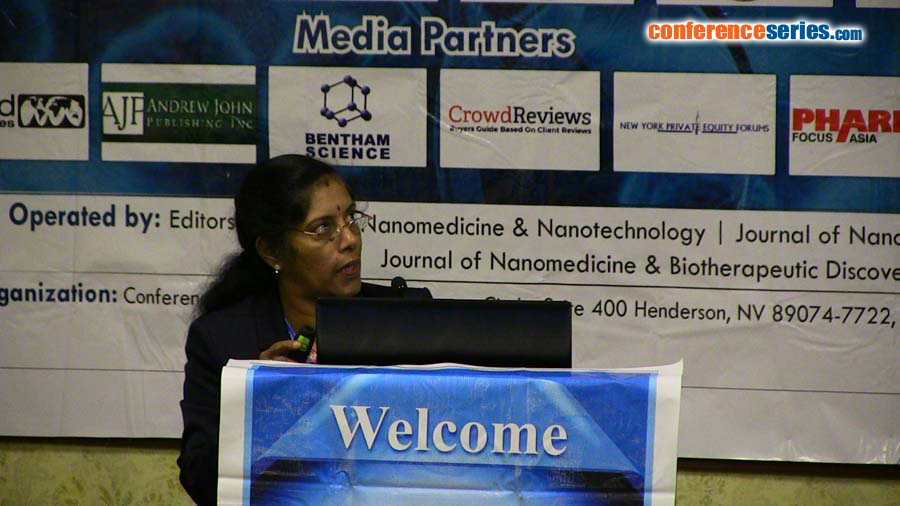
M Suriyavathana
Periyar University, India
Title: Nanobased phytopotential of Canthium coromandelicum against fluoride induced nephrotoxicity
Biography
Biography: M Suriyavathana
Abstract
In nanotechnology, a particle is defined as a small object that behaves as a whole unit in terms of its transport and properties. Nanoparticles of noble metals, such as gold, silver, and platinum are widely applied in products that directly come in contact with the human body, so there is a growing need to develop Eco- friendly nanotherapeutics. Recently, biological or green chemistry synthesis of nanoparticles (NPs) received enormous attention in design and development of synthesis using renewable high energy efficient materials. Therefore, the integration of green chemistry principles into nanotechnology is essential where the development of nanotechnology could benefit from a greener approach that promotes both performance and safety. Canthium coromandelicum upholds valuable medicinal property which finds application in the folklore of Indian Traditional medicinal practice. AgNPs were synthesized by using Canthium coromandelicum leaves extract. Green synthesized CCAgNPs are subjected to structural characterization to ascertain the phytocompounds which serves as the nephroprotective agent against fluoride induced nephrotoxicity. The in vivo study results suggests that the CCAgNPs exhibited remarkable restoration on the kidney marker enzymes (AST, ALT, ALP, LDH, γ-GT & Cathepsin-D) and recovery of kidney tissues which is very well supported by the histopathological study. The effectiveness of CCAgNPs is supported further with molecular docking study. By performing dockings analysis, hereby thirteen compounds were identified out of two compounds Heptadecyl ester, Didodecyl phthalate showed very good docking posses with key inflammatory response enzymes like Cytochrome c and NF-kB. Heptadecyl ester, Didodecyl phthalate exhibited the best binding interactions among anti-inflammatory compounds and warrants for the development of potent NF-kB, Cytochrome C inhibitors serves as a lead compound which is presented to the scientific community for further investigation and confirmation for the treatment of renal diseases.







